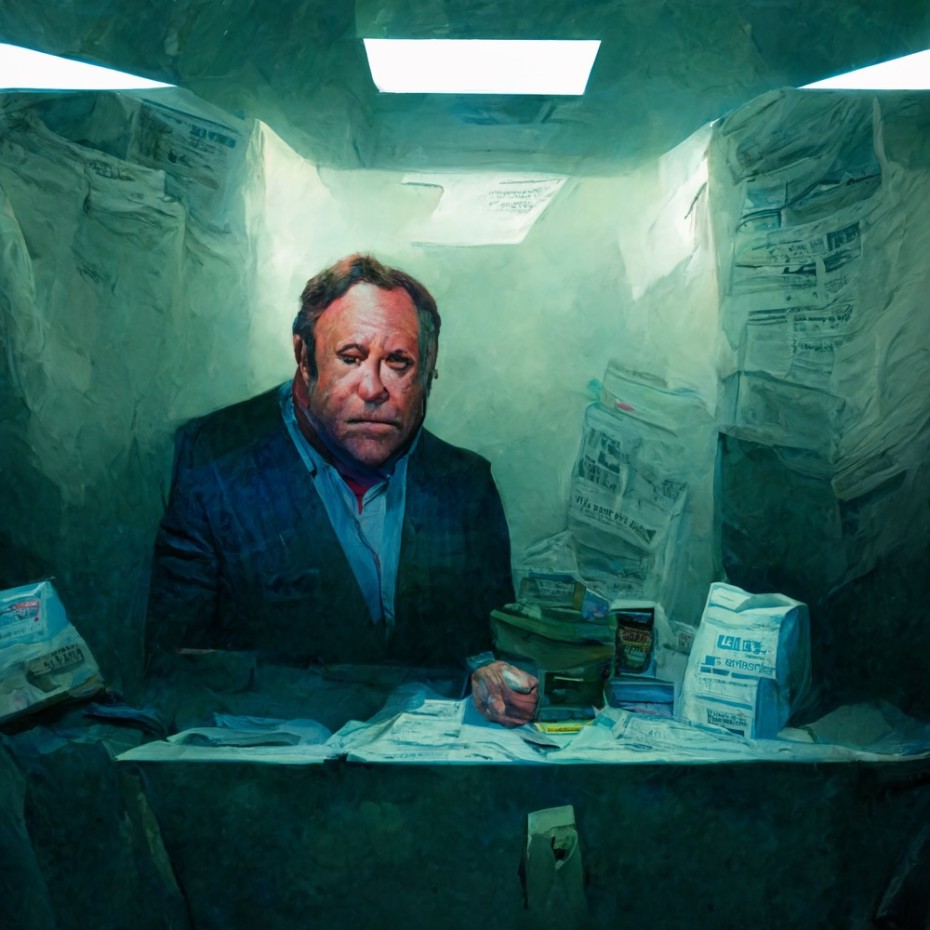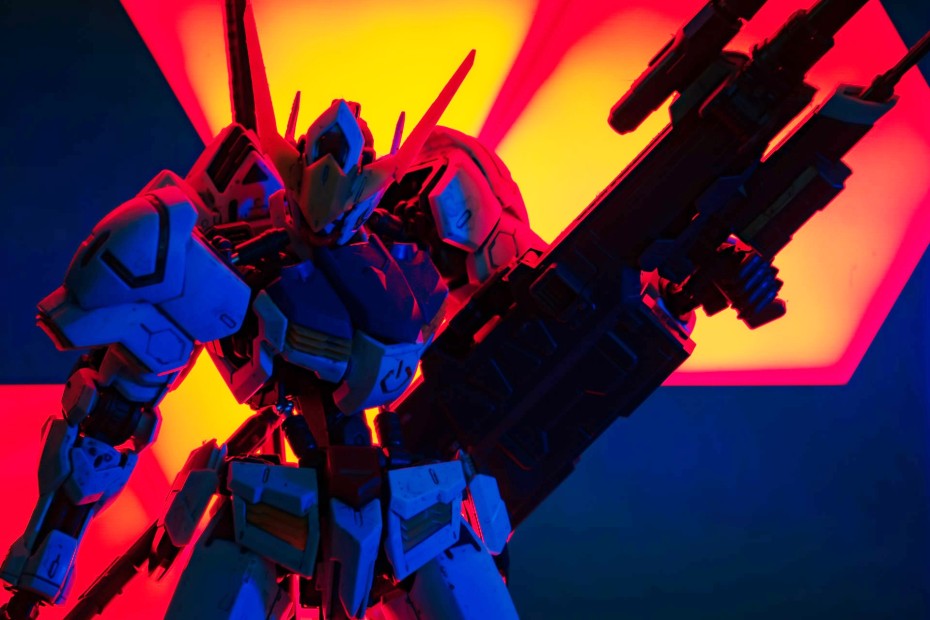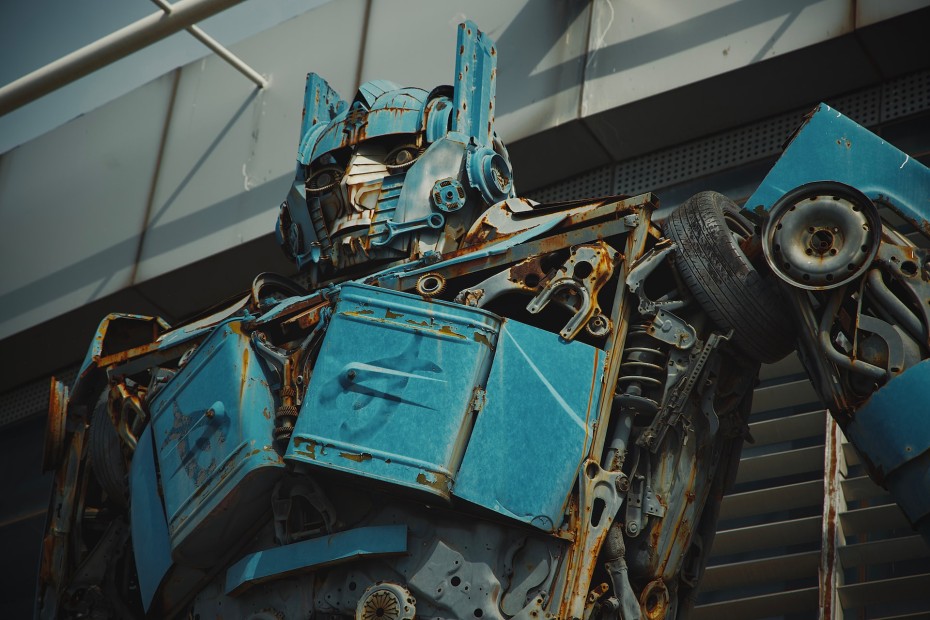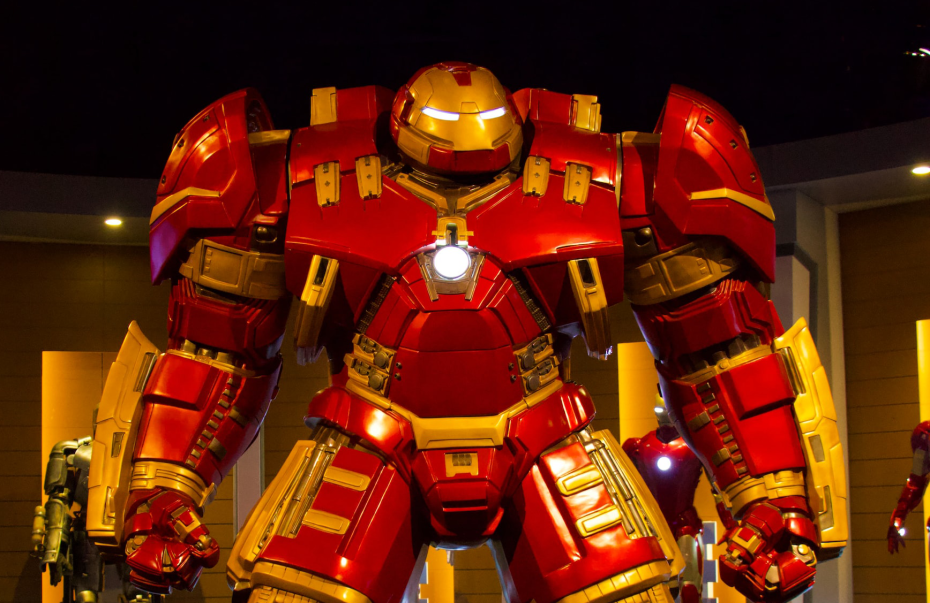Optimize me, Baby
Or, how I got fired by an AI
January 26, 2023
Arseny Togulev for Unsplash
By now you’ve heard the story about the Russian design studio, art.lebedev, that used AI technology on several of its accounts before revealing to its clients that the designer they thought was working on their logos and package designs, a certain Nikolay Ironov, was in fact a bot.
Apparently, once clients found out, they weren’t at all unhappy about it. They were in fact thrilled by the PR it brought them. The scary part is that those same clients liked the work before they found out the designer wasn’t real.
This was way back in 2020, well before the 2022 launch of OpenAI’s natural language chatbot ChatGPT and its image-making counterpart, DALL-E2, which are now the topic du jour among creative practitioners.

Charlie Warzel via Midjourney, for Atlantic magazine
You’ve probably also heard the much more recent story about how contributing editor Charlie Warzel of Atlantic magazine used another AI program, Midjourney, to create an illustration of Infowars host, conspiracy theorist, January 6th rioter and self-proclaimed alpha male Alex Jones to accompany an article about him. This particular use of AI blew up on Twitter in the form of artists, designers and art directors expressing shock that a national magazine would use AI to execute an illustration rather than pay an artist to do it.
In a recent Linkedin post, brand strategist Mary Jane Braide talked about how she asked the AI to produce an ‘About Us’ statement made up of "meaningless business jargon and bafflegab". The output sounded embarrassingly familiar:
“At our cutting-edge company, we leverage our synergistic approach to drive ROI through disruptive innovation and thought leadership. Our team of blue-sky thinkers and game-changers are committed to delivering a best-in-class, holistic solution that will empower our clients to achieve a competitive advantage in the hyper-connected, ever-evolving digital landscape. With a focus on thought-provoking paradigm shifts and a results-driven methodology, we aim to be the go-to partner for any organization looking to future-proof their operations and maximize their ROI."
Now that is a Monty Python skit.

Dylan Hunter for Unsplash
In a FOMO moment, I decided to try it for myself. I prompted ChatGPT to “Write a short essay in the style of Will Novosedlik about whether or not AI will replace human writers.”
In about 3 seconds it started writing, and less than 30 seconds later it had delivered a 333-word response. At first glance it appeared to be competently written, if utilitarian.
In other words, not a single drop of Novosedlik in it.
It didn’t waste any time letting me know that my services would soon no longer be required. This was the first sentence:
“AI has made significant strides in recent years, and it is only a matter of time before it begins to replace human writers. While this may seem like a daunting prospect the truth is that AI has the potential to revolutionize the way we write and create content.
Thanks, Captain Obvious, but you had me at ‘replace’.

Jéan Béller for Unsplash
Sensing my fear, the bot pressed its advantage and quickly launched into how it was going to steal my job:
“One of the most obvious benefits . . . is its speed and efficiency. With the ability to process vast amounts of data and generate written content in a fraction of the time it would take a human, AI has the potential to greatly increase productivity in the writing industry.”
The bot somehow makes it sound like the sausage industry. And then came the inevitable:
“This could lead to a significant reduction in the costs associated with written content.”
Excuse me, do you know what writers make per word these days?

Taha for Unsplash
Then it deployed the personalization pitch:
“With the ability to analyze data on reader preferences and behaviour, AI-generated content can be optimized to appeal to specific demographics and interest groups. This could lead to a more personalized and effective writing experience for readers, and could open up new opportunities for writers to connect with their audiences”.
ChatGPT seems to be having trouble telling the difference between writers and readers in that last sentence, but then, in a kind of Stockholm syndrome moment, things take a turn:
“Some worry that the rise of AI will lead to job loss and a decrease in the overall quality of writing. However, it is important to note that Ai is not meant to replace human writers, but rather to augment and support them.”
Yeah, I feel better already.
Then things get truly creepy:
“With the right training and guidance, human writers can work alongside AI to create truly exceptional content . . . As writers, we must adapt and learn to work alongside AI in order to create truly exceptional work.”
And there it is. ‘We’ writers must adapt. It’s us writers who need to be trained, not ChatGPT.
Like every disruptive technology that ever was, it trains us to train it to take our jobs away.
As a final nail in my coffin, when I later asked for a piece about Will Novosedlik’s written contribution to the marketing, advertising and design industry, I was given the following explanation:
“I apologize, I am not aware of any notable person or contributions made by someone named Will Novosedlik specifically in the field of marketing . . . or any other field.”
Erased, just like that.
Well, there’s one thing I can do that ChatGPT can’t.
I’ll be in the bar.
Will Novosedlik is a designer, writer, long-time contributor and editor of Applied Arts Magazine. He is known for a critical perspective on the cultural and socio-economic impact of design, brand, business and innovation.







